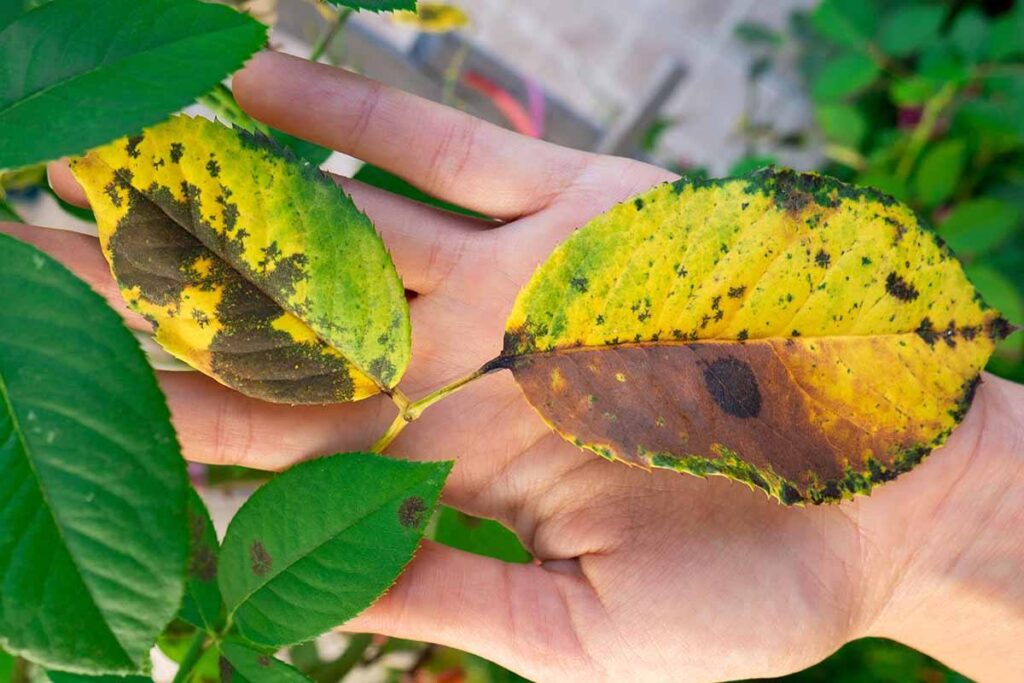Introduction:
Healthy and robust crops are how one confidently does farming. However, crop diseases might be among the major threats to reducing yield and poor food quality. Crop identification of diseases at an early stage and proper application of fungicides could be that which saves harvest or assures that the farm stays productive. This blog shall give you some helpful tips on identification for common crop diseases and when to apply fungicides.
1. Understanding Crop Diseases:
Pathogens include fungi, bacteria, viruses, and nematodes. Of the above, fungal diseases are very frequent and sometimes very devastating if management practices are not properly done. Crop diseases are principally noted for causing the development of spots, blights, wilting, discoloration, or abnormal growth patterns in the plants.
2. Common Crop Diseases and Their Symptoms:
Powdery Mildew: The occurrence of white, powdery spots on leaves, stems, and buds mark this disease in warm and dry conditions.
Downy Mildew: Yellow or white patches develop on the upper leaf surface, with a fuzzy growth developing on the underside. Climate preference includes cool with high moisture.
Rust: Small pustules observed on a leaf or a stem of rust colour. Commonly infected plants include grains and grasses.
Blight: Browning and death of plant tissues quickly and completely; late blight in potatoes and tomatoes.
Leaf Spot: Small, dark spots on leaves, hatched with a yellow halo. The etiologic agents of leaf spot diseases are varied.
3. Diagnosing Crop Diseases:
Cultural Methods of Monitoring:
- Observe your fields regularly for the appearance of disease in your crop.
- Discolored areas, spotting, wilting, and abnormal growth may indicate infection.
Check the undersides of leaves and stems where many pathogens will more readily make their presence known. Diagnostic Tool Utilization:
- Hand Lens: Get up close to see symptoms to distinguish minute pests or fungal spores.
- Field Guides: Use disease identification field guides specific to your crops.
- Digital Apps: There are several mobile apps that can help identify plant diseases with photos.
Laboratory Testing:
If above-mentioned procedures lead to inconclusive results, then the samples should be sent for laboratory testing for a clear diagnosis.
Labs can identify which pathogen is the cause and can recommend the right treatments.
4. When to Apply Fungicide:
- Preventive Application:
- Treat Before Visible Symptoms: Apply fungicides before the disease is apparent, if you are aware that your crop has a weakness to certain pathgens.
- Preventive treatments are very important in areas where certain diseases are known to be prevalent or conditions are favourable for them to develop.
- Early Detection:
- Apply the fungicide at the first appearance of the disease. Early treatment will stop the disease from spreading and infecting more plants/ tissue of the same plant.
- Regularly monitor plants for the first visible signs of disease to avoid the need for heavy chemical application later on.
Weather Conditions:
- Plan fungicide applications based on the weather. In general, fungi develop best in wet and humid conditions., time applications when conditions are most favorable for control. Crop Growth Stage: Many diseases tend to strike during certain growth stages. Apply fungicides during susceptible growth stages. For each crop and disease, refer to onsite recommendations for timing of the application. 5. How to Apply Fungicide Effectively: Read the Label:
- Always read and follow the fungicide label instructions for proper usage, dosage, and safety precautions. Labels include key information regarding application rates, timing, and restrictions on certain crops. Pick the Right Fungicide:
- Select a fungicide for which the effectiveness is known against the identified pathogen. In case you have used any fungicide in the past, then go for another with a different mode of action to avert the buildup of resistance. Proper Equipment:
Use proper spraying equipment that is able to evenly coat the whole plant.
- Calibrate equipment on a regular basis to maintain accuracy and efficiency. Environmental Considerations:
- Reduce drift and chemical drift by avoiding spraying in windy conditions. Ensure the pesticide reaches intended areas instead of being lost.
- Local regulations/guidelines on this matter have to be followed to minimize impact on the environment and protect useful organisms. 6. Integrated Disease Management Crop Rotation: One of the main disease management practices is crop rotation. Rotation will reduce the accumulation of soil-borne pathogens.
Crops differ in susceptibility, interfering with the cycle of diseases. Resistant Varieties:
- Plant resistant crop varieties if available. Indeed, resistant varieties may reduce the need for chemical intervention to a very low level. Sanitation:
- Eliminate infected plant remains to avoid the spread of infection. Cleanliness: Clean all implements and equipment frequently to prevent carrying pathogens from one place to another. Biological controls:
- Induce beneficial microorganisms and natural predators in the control of disease. Biological controls can supplement chemical treatments to draw out a balanced ecosystem. Conclusion:
The key to a healthy vigorous crop is through early identification of the diseases and proper application of fungicides. Learn to recognize symptoms, use diagnostic tools, and proper techniques of applying fungicides are essential in controlling crop diseases and receiving a good yield. Other integrated strategies in disease management, like crop rotation and resistant varieties, further enhance your farm’s resilience against disease.

